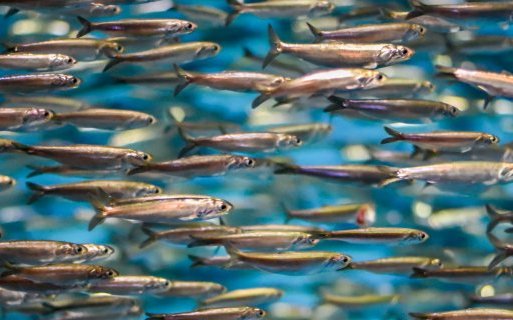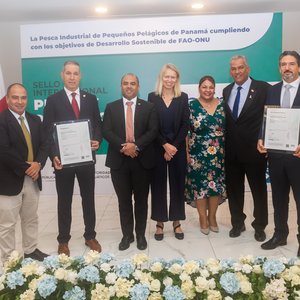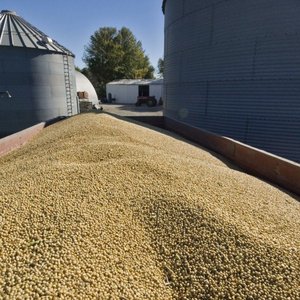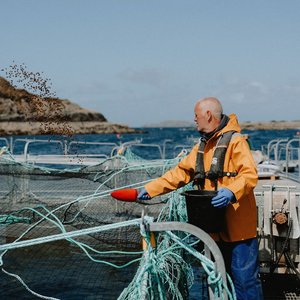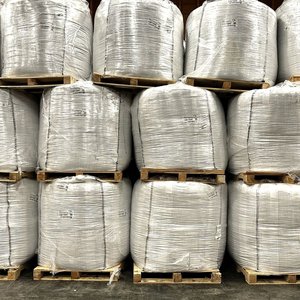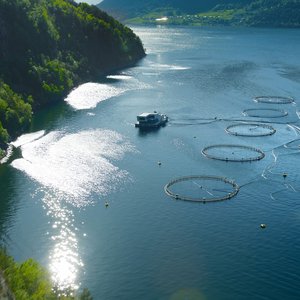IFFO – The Marine Ingredients Organisation Based reported that the total raw material usage in July 2022 was 42% higher than the one reported in July 2021, based on IFFO’s membership, which accounts for 55% of global marine ingredients production.
For the first seven months of 2022, total cumulative fishmeal production was slightly lower than in the same period in 2021, year-on-year, despite USA, India, the Iceland-North Atlantic area and the African countries reporting an increased cumulative production.
The 2022 total cumulative production of fish oil is in line with that of 2021. Despite a drop in Peru, Chile and India, performances of the European countries, the USA and the African countries were above the 2021 figures for this period.
“The drop in Peru, both for fishmeal and for fish oil production, is due to a lower quota granted to the North-Center area of the country in the last quarter of 2021, which resulted in fewer catches in quarter one 2022. Additionally, the total catch in the same area of Peru in the period April-June 2022 was 4% smaller for the same period in 2021,” said Enrico Bachis, IFFO’s market research director.
China’s marine ingredients production and imports are expected to increase in September. Only some parts of the Chinese sea fishing grounds remain under a fishing moratorium and most regional bans have been lifted. Currently, domestic production of marine ingredients remains subdued and confined to the south, although activities are expected to pick up in all areas in September.
Imports of foreign fishmeal have decreased during the first seven months of the year, but important tonnages are expected to reach Chinese shores in the coming weeks.
China’s aquafeed production in 2022 remains at high levels compared to 2021 despite the series of heat waves. COVID-19 lockdowns continue to limit consumers’ access to both the retail and the food service facilities within the affected areas.


